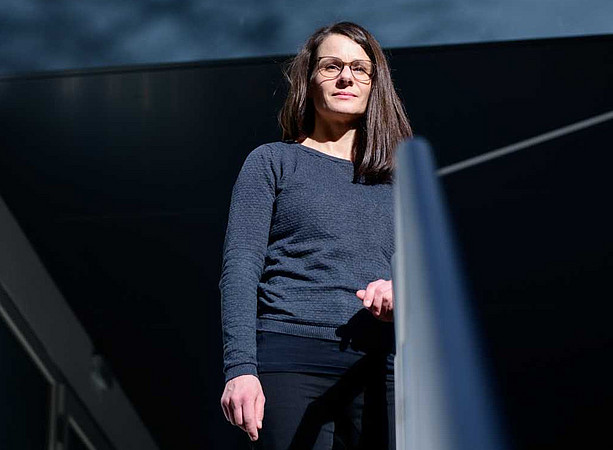In 2024, the employees at the University of Graz covered a total of 18 percent of their commutes on foot, 34 percent by bike and 28 percent by public transport. The university promotes active and climate-friendly mobility through numerous measures. These include subsidies for the purchase of bicycles, e-bikes and a Klimaticket or Park&Ride combination ticket. Bicycles and e-cargo bikes can be borrowed during working hours. The ÖBB Business Ticket is available for train journeys. This is widely used. In 2023, university employees saved around 77 tonnes of CO2 on business trips with ÖBB compared to using a car.
Participate and win
By 2030, the University of Graz aims to reduce its emissions by at least two-thirds and achieve climate neutrality by 2040. In order to be able to implement further effective measures along this path, the University is once again asking its students and employees to take part in the annual mobility survey. The participants can win a University of Graz bicycle, a Garmin Forerunner 55 smartwatch with fitness-tracking and a yoga set with a mat and a Blackroll fascia roll.
>> To the survey
Healthy travel
‘In any case, those who cycle or walk are the winners. It's not only good for the environment, but also for your health,’ says Nina Hampl from the Department of Environmental Systems Sciences at the University of Graz. Together with Aglaée Degros from the Institute of Urbanism at Graz University of Technology, she heads the Centre for Active Mobility. Scientists at the centre are working on solutions for establishing muscle-powered transport – walking, cycling, scooters, skateboards and e-bikes – as part of a sustainable society. ‘With our research, we want to help facilitate the transition to climate-friendly and healthy forms of mobility,’ says Hampl.
Long-term studies prove that ‘active mobility on the way to and from work reduces the risk of cardiovascular disease, diabetes and colon cancer, with cycling having the greatest health benefits,’ reports the scientist. Hampl recommends that anyone who wants to take advantage of this potential should consult the health route planner from the ‘klimaaktiv mobil’ initiative.
That alone could actually be motivation for ‘active’ commuting. However, the researcher knows that more is needed to achieve sustainable changes in the population's mobility behaviour: ‘A decisive factor is the transport infrastructure. There must be cycle paths and footpaths that are attractive and safe, even for older people and children.’ In addition, incentives are needed, such as subsidies for e-bikes or the Klimaticket. However, the business economist and social scientist is convinced that bold, less popular measures, such as reducing the number of parking spaces, are also necessary.


